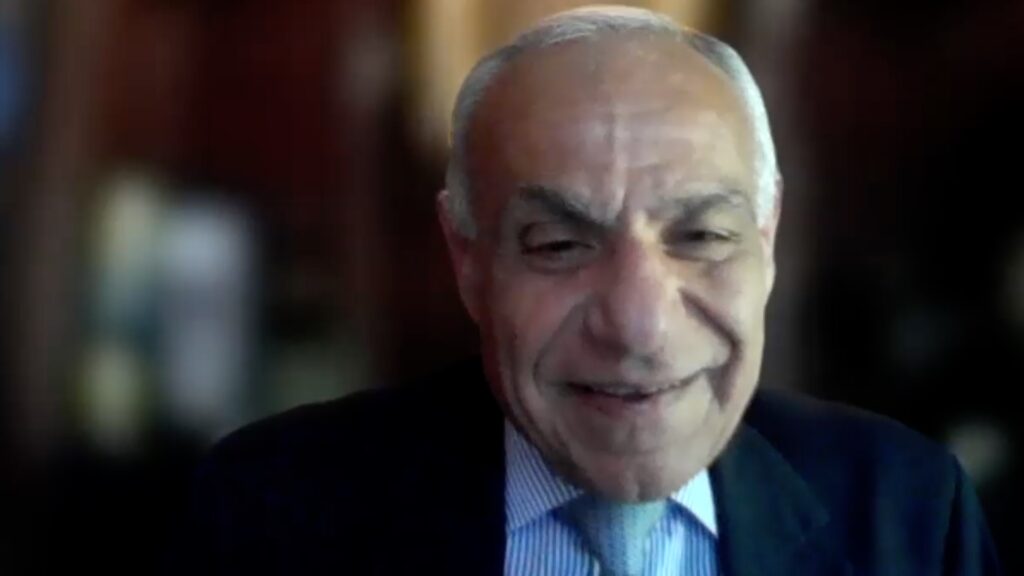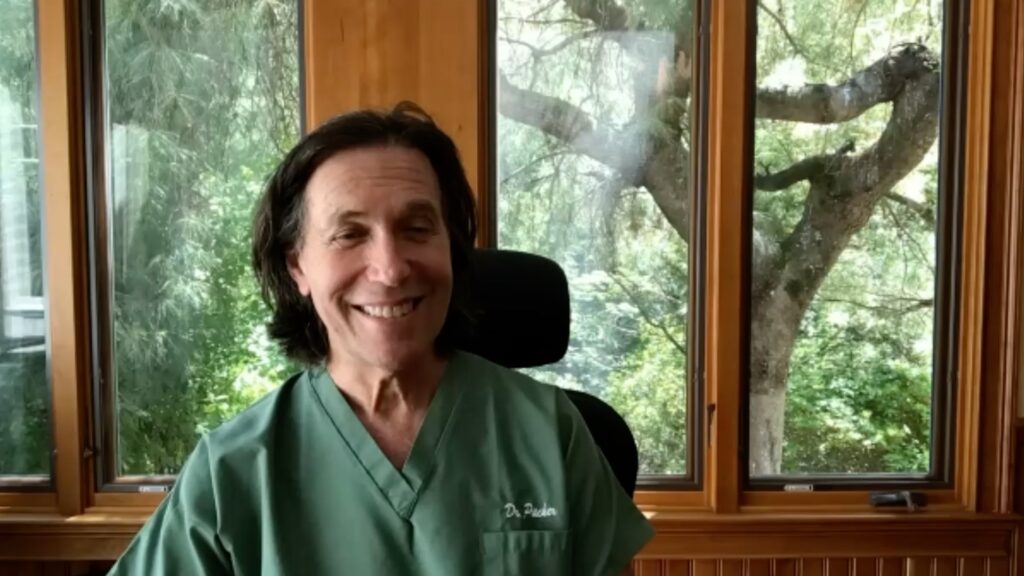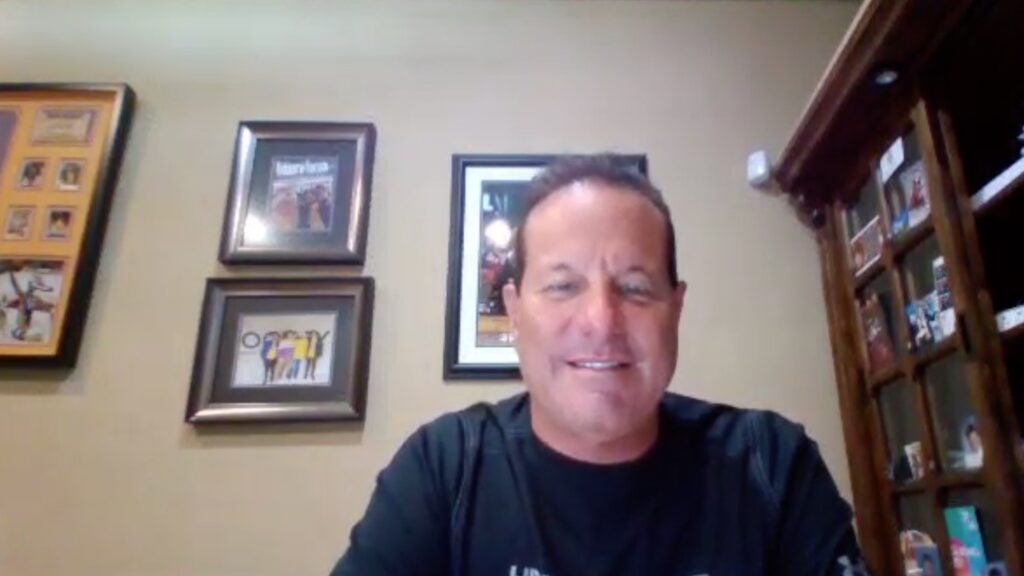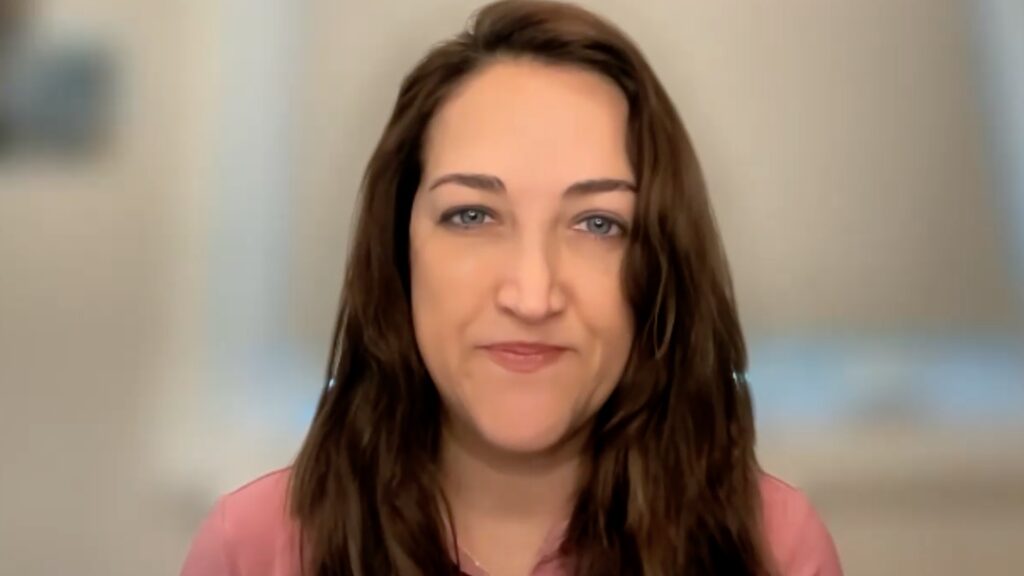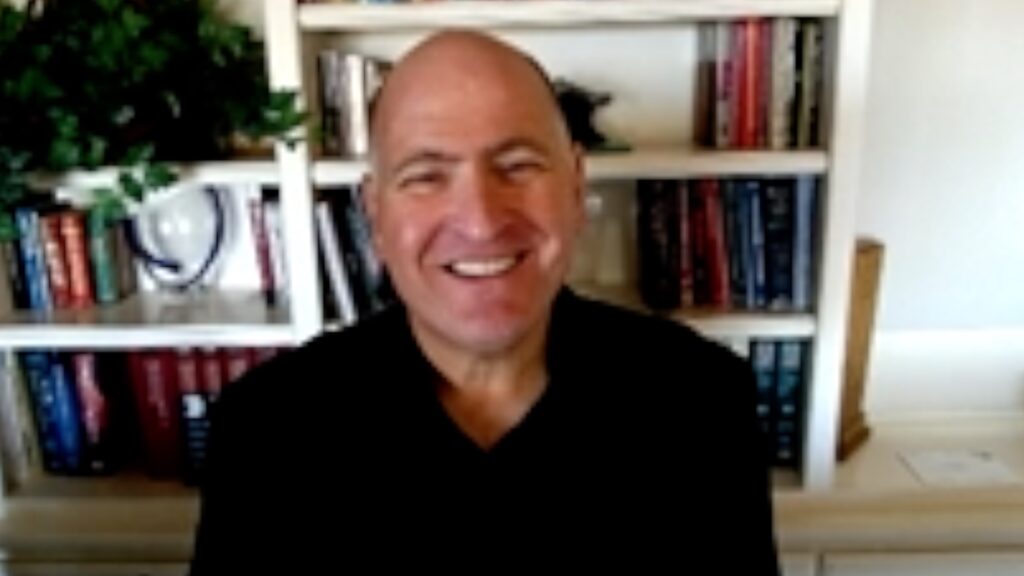EyeSustain’s mission is to make healthcare delivery and services in ophthalmology more sustainable, both economically and environmentally. In this video interview, Dr David Chang (University of California, San Francisco, CA, USA) gives an overview of this important initiative.
David Chang was speaking at the American Society of Cataract and Refractive Surgery, 5–8 May, 2023.
Questions:
- What is EyeSustain, and what are its aims? (0:12)
- What do you see as the coalition’s role in terms of priorities for ensuring sustainability in the future? (1:41)
Disclosures: David Chang is a consultant for RxSight.
Support: Interview and filming supported by Touch Medical Media. Interview conducted by Lisa Glass.
Filmed as a highlight of ASCRS
Access more content on Cataract Surgery here
Transcript
Hi. This is David Chang from California in the United States.
What is EyeSustain, and what are its aims?
Well, EyeSustain is several things. First of all, it’s a website and an app that have collected all the most important resources for ophthalmologists and ophthalmic organizations, interested in advancing sustainability.
It’s also become a very strong consortium of global eye societies again looking to advance sustainability in our profession.
We are now sponsored by three major societies, ERCRS and ASCRS and the American Academy of ophthalmology.
And these cosponsoring societies have the governance, equal governance of EyeSustain.
But we’ve now brought in, at this point, thirty seven additional global medical societies, become member societies, and what that means is each of them will insert sustainability into their educational offerings They are developing a committee for the society for members interested in sustainability.
And they’re going to promote and share with their membership what EyeSustain is doing and direct their members to take the EyeSustain surgical facility pledge.
What do you see as the coalition’s role in terms of priorities for ensuring sustainability in the future?
Well, I think most of us are pretty surprised to find out that the healthcare sector is responsible for a significant percentage of carbon emissions from each of our countries.
It ranges from a high of nearly nine percent in the United States to roughly five to seven percent across other industrialized countries.
So this is a global problem.
And together we need to try to advance innovative ideas and collective efforts to reduced mainly surgical waste.
This is where the operating room is where a lot of this carbon footprint occurs.
In ophthalmology, we have the, of course, largest surgical volumes in all of medicine. And so I have written in my various editorials that This gives us a unique opportunity, but also an obligation to lead the way among medical specialties in addressing needless surgical waste and improving sustainability One of the problems that we face is that we are subject wherever we practice to regulations that are often not evidence based.
Now, they are directed at reducing the rate of surgical infection.
But we’ve learned from some large studies that we were part of at Eravand, aware they reuse virtually every single supply that they can in order to do sixty percent of their cases at no cost to their charitable population.
And when you reuse all of these things, these would be violations for us in West in terms of surgical site infection prevention.
But the interesting and important thing is that We have data from two million consecutive cases at Arab and wherever they are, again, we’re using everything.
And the infection rate is four per ten thousand.
So you would then assume that in the United States where we mandate single use of everything to make it safer for patients, you would assume that we are doing much better.
But if you look at iris registry during the same overlapping time period, we have eight point five million cases and the infection rate is identical as four per ten thousand.
So looking at this database of more than ten million consecutive cataract surgeries during an overlapping period, it would seem that we’re not doing any better by mandating single use, and yet a different set of study shows that we are generating roughly twenty times as much carbon emissions from a single phaco than they are at Arifin due to the reuse of their supplies and drugs.
I often get asked what can surgeons and ophthalmologists do now.
We have created something called the surgical facility pledge for EyeSustain, and you’ll find it on EyeSustain.org.
And This is not so much an individual pledge, but for each surgical facility, and there are seven issues or topics that the facility can adopt in terms of goals and objectives to work on, start with simple things like educating the staff about sustainability going through your surgical packs and regularly taking out things that are not used regularly.
Looking at potential reusable instruments and blades. For instance, diamond keratoms or even reusable metal carrotomes.
A big one is reducing surgical drug waste.
Multi dose bottles, which we use in multiple patients in a clinic, we can do the same for our perioperative patients, and we developed a position statement endorsed by multiple American societies that validated and recommended that these multidose bottles be used in multiple patients until the date of expiration And this is something that other medical societies around the world or ophthalmology societies will be asked to endorse through our global consortium of societies.
You can switch to alcohol based hand scrub instead of water, which saves time and money, but also reduces the waste of water.
And so these are multiple things that facilities can tackle now.
Each facility though needs someone to be the champion to ignite action. And I think that’s what EyeSustain will enable individual ophthalmologists to do to impact change in their own facility.
Subtitles and transcript are autogenerated



